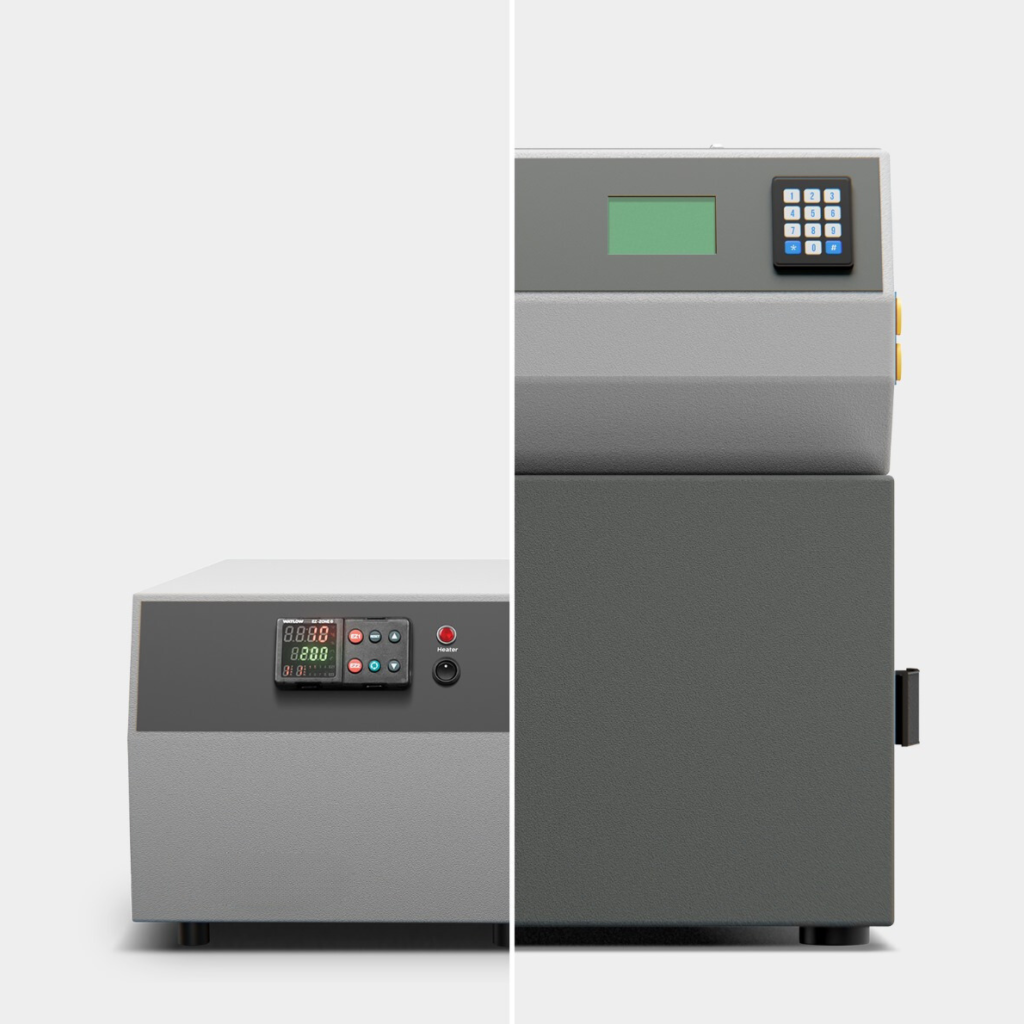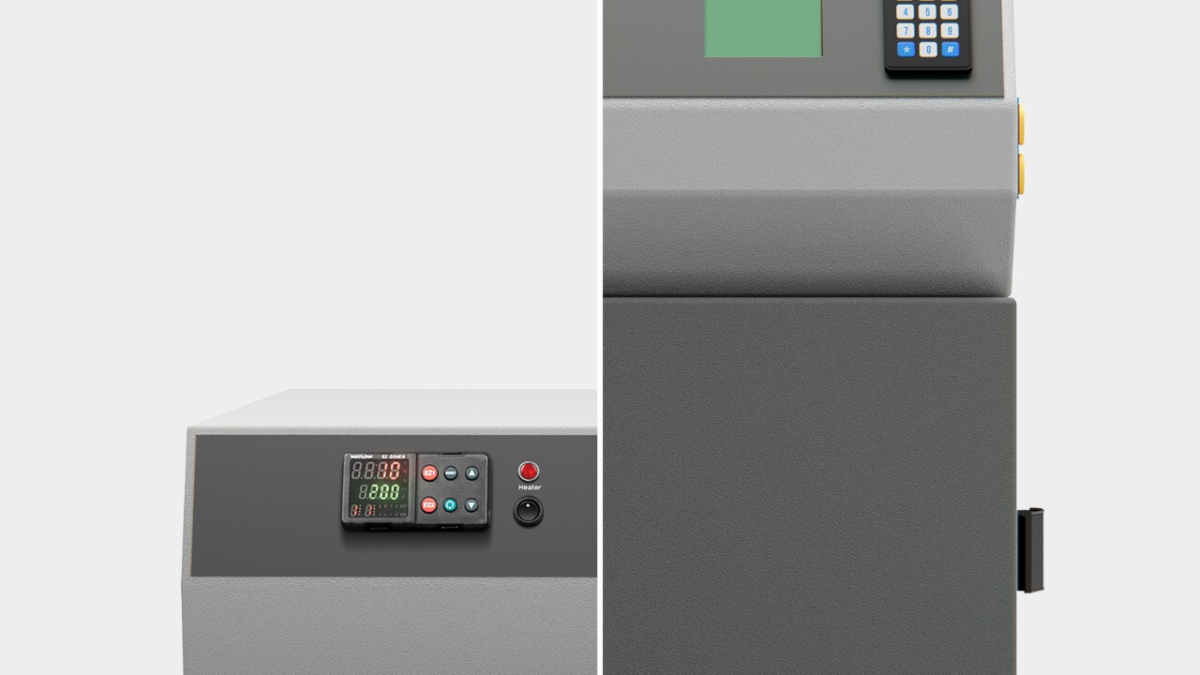Thermal Expansion Test As Per Standard ASTM C177
Understanding Thermal Expansion Testing: Insights from ASTM C177
Introduction
- Thermal expansion testing is a crucial process in material science and engineering. It helps determine how materials behave under temperature changes, which is vital for the durability and safety of various applications. ASTM C177 is a widely recognized standard for measuring the thermal transmission properties of materials using the guarded-hot-plate method. This blog will delve into the intricacies of thermal expansion testing according to ASTM C177, its importance, and practical applications.

What is Thermal Expansion and Why is it Important?
Thermal expansion is the tendency of matter to change its shape, area, volume, and density in response to a change in temperature. When a material heats up, its particles move more and thus usually maintain a greater average separation. Materials generally expand upon heating and contract when cooled. This behavior can impact various industries, from construction to aerospace, where materials are exposed to different thermal environments. Accurate measurement of thermal expansion is critical for designing components that can withstand temperature changes without deforming or failing.
Introduction to ASTM C177
ASTM C177, titled “Standard Test Method for Steady-State Heat Flux Measurements and Thermal Transmission Properties by Means of the Guarded-Hot-Plate Apparatus,” is primarily used to measure the thermal conductivity of flat materials. However, it also provides a reliable method for assessing thermal expansion by observing how a material’s dimensions change in response to temperature variations. The standard focuses on steady-state heat flow, which ensures accurate and consistent results.
Key Components of the Guarded-Hot-Plate Apparatus
The guarded-hot-plate method involves a specific setup to ensure accurate measurement:
- Hot Plate: The hot plate generates a uniform heat flow across the test specimen.
- Cold Plate: Positioned on the opposite side, it maintains a controlled lower temperature.
- Guard Ring: Surrounds the hot plate to prevent lateral heat flow, ensuring that heat transfer remains one-dimensional.
- Specimen Holder: Keeps the material securely in place between the hot and cold plates.
- Temperature Sensors: Placed at various points to monitor temperature differences accurately.
Thermal Expansion Testing Procedure Using ASTM C177
- Specimen Preparation: A specimen, typically in a flat slab form, is prepared according to specific dimensions. The dimensions are chosen based on the material type and the expected temperature range.
- Setup: The specimen is placed between the hot and cold plates in the guarded-hot-plate apparatus. The guard ring ensures that heat only flows through the specimen, maintaining a one-dimensional heat flow.
- Heating and Temperature Equilibration: The apparatus is heated gradually until a steady-state temperature difference is established. The heat flux remains constant, allowing the temperatures on either side of the specimen to stabilize.
- Measurement: Temperature sensors measure the temperature difference across the specimen. The change in dimensions of the specimen is measured using precise instruments like micrometers. This data is used to calculate both thermal conductivity and thermal expansion coefficients.
- Calculations: Using the observed temperature gradient and changes in specimen dimensions, thermal conductivity is calculated first. Subsequently, thermal expansion is determined by noting how much the material’s thickness changes with temperature.
Applications of Thermal Expansion Testing
Construction Materials: In buildings, materials such as concrete and steel undergo temperature changes that can lead to expansion or contraction. Understanding these properties helps in designing joints and supports to accommodate these movements.
Electronics and Electrical Components: Electronics generate heat during operation, causing components to expand. Thermal expansion data ensures that circuit boards and components are designed to withstand these changes without damage.
Automotive and Aerospace: Vehicles and aircraft experience extreme temperature variations. Testing ensures that materials used can handle expansion and contraction without causing structural issues or failures.
Insulation Materials: Thermal expansion testing helps determine how insulating materials behave under temperature changes, crucial for energy efficiency in buildings and industrial applications.
Why Choose ASTM C177 for Thermal Expansion Testing?
Accuracy and Reliability: ASTM C177 is known for its precision. The use of a guarded-hot-plate apparatus minimizes errors and ensures reliable results, making it a preferred choice for industries that require high accuracy.
Versatility: The method can be applied to a wide range of materials, including metals, ceramics, polymers, and composites. This versatility makes ASTM C177 a valuable standard across different sectors.
Benchmarking: Following a recognized standard like ASTM C177 provides a benchmark for comparing different materials and helps in maintaining consistency in quality and performance.

Conclusion
- Thermal expansion testing according to ASTM C177 is essential for understanding how materials react to temperature changes. By using a controlled and standardized approach, this test method provides valuable insights into the thermal behavior of materials, ensuring their reliability and safety in various applications. Whether in construction, electronics, automotive, or aerospace industries, the ability to accurately measure and predict thermal expansion is crucial for innovation and safety.

